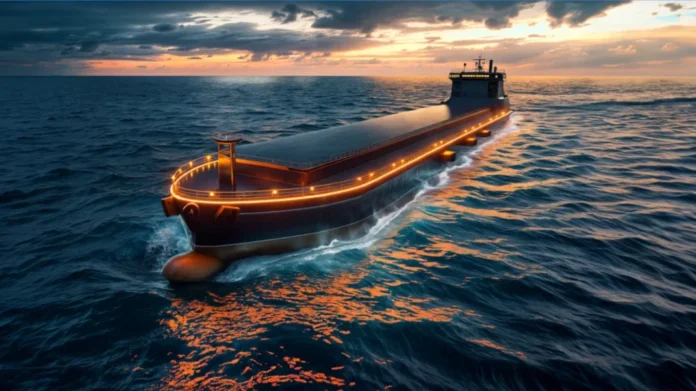

Table of Contents
Introduction: Why Ocean Freight Regulations Are Reshaping the Industry
In global trade, Ocean Freight Regulations have a significant impact on the operations of shipping companies like Topshipping. As Maritime Regulations tighten and Shipping Regulations change, companies face more compliance pressures. This affects rates and connections between roles. New regulatory requirements help ensure safer seas and cleaner oceans. These changes are key to shifting competitive dynamics in global supply chains.
The Rising Complexity of Global Maritime Regulations
Maritime law is experiencing significant growth from the IMO to UNCLOS and many regional systems. Shippers face overlapping requirements like emission controls, ballast water rules, and safety codes. Regional guidelines must link to international regulations. At the same time, shippers interpret these frameworks for their own compliance needs.
Compliance Pressure on Carriers and Ports
Today's Ocean Freight Regulations place heavy compliance demands on carriers and operators. Carrier liability is increasing, and Port State Control (PSC) inspections are tougher. A failed inspection can lead to vessel off-hiring, schedule delays, and hefty fines. Compliance has become a key part of operations.
Freight Rate Impact and Operational Shifts
Stricter Shipping Regulations cut revenues and raise compliance costs. Carriers need to add a Bunker Adjustment Factor (BAF) . This is for cleaner but costlier fuel and new emission fees. As supply chain costs go up, shippers change their routes, speeds, and vessel designs. They do this to stay compliant, competitive, and to protect their profits.
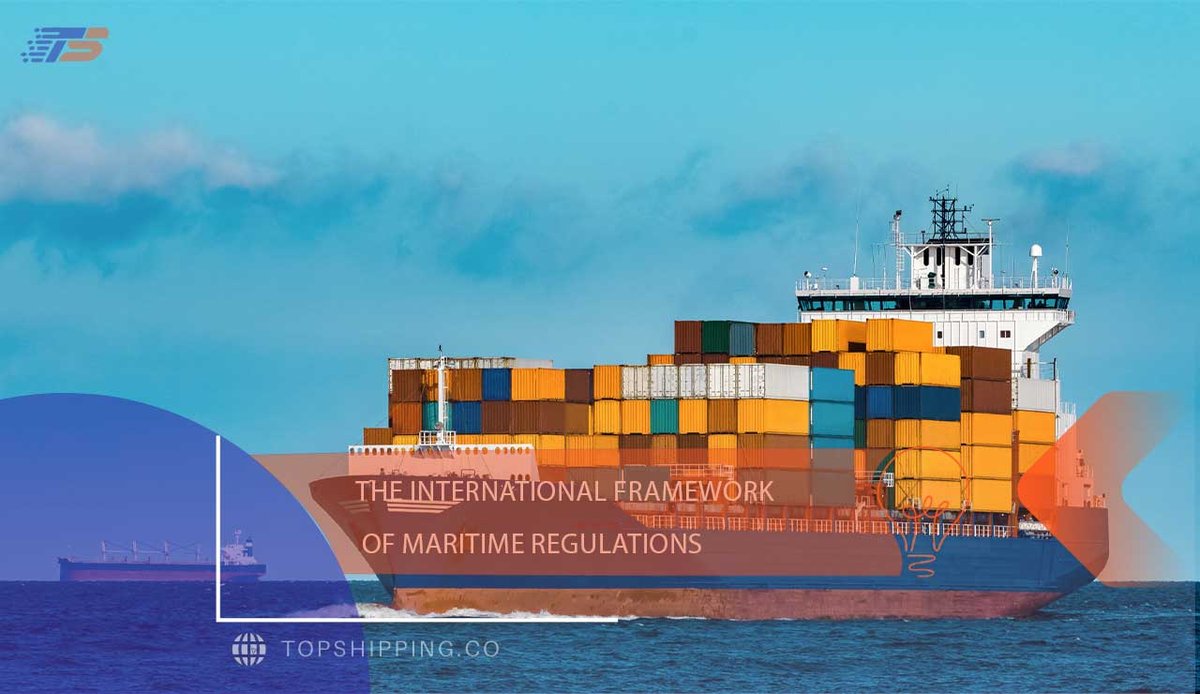
The International Framework of Maritime Regulations
Modern Ocean Freight Regulations rely on cooperative international efforts. Bodies like the IMO set universal standards for implementing regulations. National agencies, regional authorities, and trade agreements help apply these high-level principles. They set the rules for ocean trade. They also ensure that environmental and safety standards are followed.
IMO: The Global Rulemaker
The IMO Assembly and the Marine Environment Protection Committee (MEPC) set the rules for today's Ocean Freight Regulations . Each committee shapes policies on emissions management, ballast water, safety, and digitalization. Member states work together to help the IMO balance environmental protection and global trade needs.
EU and Regional Regulatory Extensions (e.g., ETS)
The EU ETS shows how regional rules build on global Shipping Regulations . The Fit for 55 law and sulfur emission control zones have stricter local limits. Carriers must adapt vessel design, fuel, and emissions standards to a great extent.
Trade Agreements and Regulatory Alignment
More agreements like the WTO TFA , Free Trade Agreements , and port recognition programs have rules for safety and the environment. These require vessels to follow least Maritime Regulation standards when markets open. This ensures consistency for customs clearances and port calls.
IMO Strategy 2050 and Long-Term Climate Goals
The IMO 2050 Vision outlines a path to net-zero carbon shipping. Ship owners should use cleaner fuels. They should also explore new propulsion methods and create innovative operations. This supports global climate goals.
Environmental Regulations Drive the Change
Environmental rules such as IMO 2020 , EEXI , and CII shape today's Ocean Freight Regulations . These emission-focused policies push for low-emission fuels, energy reduction, and invasive species management via the BWMC. This highlights the need for industry adaptation.
IMO 2020 Sulphur Cap
The 0.5% Sulphur limit from IMO 2020 has changed fuel sourcing for vessels. Ships can use compliant fuels or install scrubber systems during retrofits. Non-compliance results in hefty penalties, making fuel compliance monitoring crucial for operations.
Low-Sulphur Fuels and Alternative Marine Fuels
Carriers can meet sulphur limits using VLSFO , LNG , green methanol , and developed biofuels . Daily, technical teams and procurement officers focus on sourcing stable supplies, retrofitting engines, and balancing CAPEX with operating costs.
Scrubber Technology and Retrofit Costs
Shipowners will check closed-loop and open-loop scrubbers to assess ROI.
They will look at CAPEX for these areas:
- Scrubber installation
- Retrofitting onboard systems
- Ship modifications
- Downtime costs
They will weigh future fuelsavings and consider port state rules. They will also look at open-loop discharge and sensitive areas.
Energy Efficiency and Emission Metrics
The EEXI , CII , and SEEMP Part III improve how fleets and the shipping industry monitor performance. These need engine upgrades, changes in sea routes, and adjustments to operational speeds. This helps avoid penalties and keeps carbon ratings up.
EEXI (Energy Efficiency Existing Ship Index)
The EEXI sets a technical efficiency target. Shipowners will adjust propulsion systems, impose power limitations , and calculate compliance annually. This helps aging vessels meet modern fisheries standards.
CII (Carbon Intensity Indicator) and Carbon Rating Systems
The CII provides an A to E rating for vessels based on the Annual Efficiency Ratio (AER) . Low ratings require operators to install performance devices and improve voyage planning. Failing to comply risks market backlash and costs.
Emission Trading Systems in Ocean Freight Regulations
The EU ETS includes maritime emissions with allowances traded per ton of CO₂. Carriers need to track their emissions. Include rising emission costs per ton in freight prices and contracts.
Ballast Water Management Convention (BWMC)
The BWMC addresses the transfer of invasive species. Ships must use approved Ballast Water Treatment Systems (BWTS) . They also need to follow compliance schedules to pass PSC and port inspections globally.
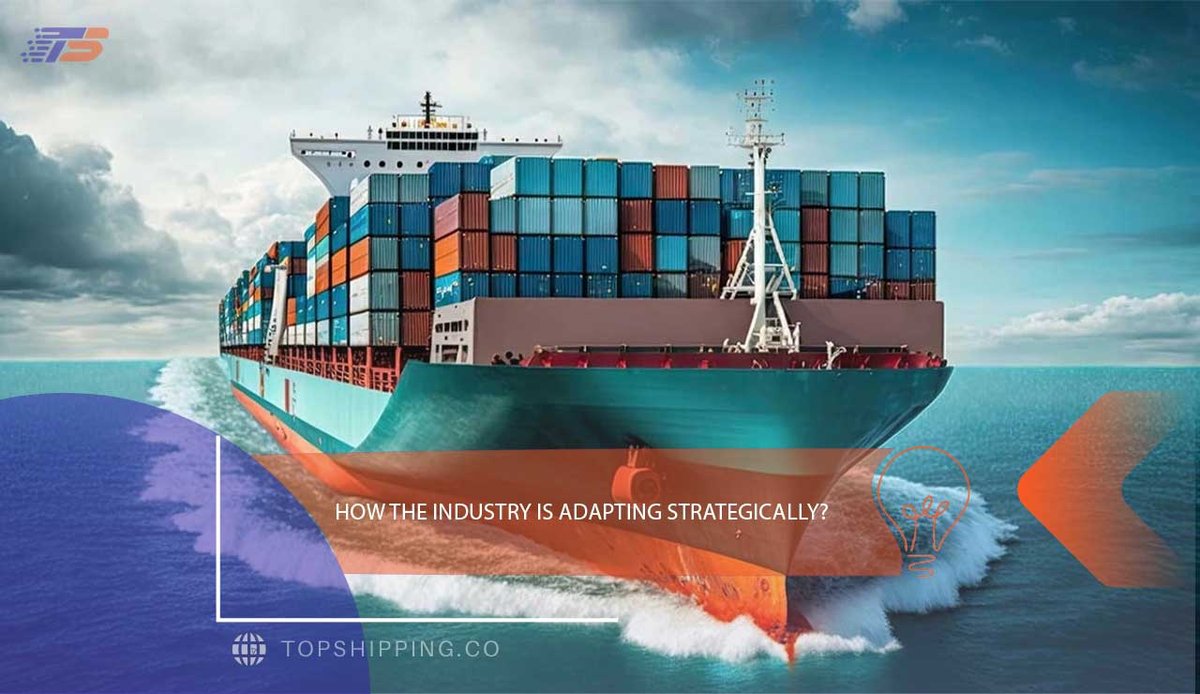
Shipping Regulation and Digital Transformation
Current Shipping Regulations emphasize digitalization. Electronic documents, cybersecurity frameworks, and data standardization are transforming our work. This is especially true in trade finance and compliance checks.
The Rise of e-Bill of Lading and Paperless Trade
Guidelines from UNCITRAL aim to establish global best practices for eBL . Blockchain solutions create better documentation trails, reducing fraud and speeding up transactions. This is vital for freight forwarders focused on just-in-time deliveries.
Maritime Cybersecurity Regulations and Threat Models
IMO cybersecurity guidelines , the ISPS Code , and NIST frameworks help address vulnerabilities in connected vessels and smart ports. Operators must stay alert. They should use layered threat models to safeguard important ship and port infrastructure.
Port State Control in the Age of Smart Ports
Smart ports are using IoT technology. Authorities from Paris MoU and Tokyo MoU are deploying remote inspection tools. To meet new inspection standards, digital readiness and onboard systems are essential.
Digital Documentation, Data Standards and Compliance Deadlines
DCSA and ISO 28005 are standardizing digital records. They need digital audit trails . Carriers need to upgrade their old systems. They must integrate a cloud-based documentation platform while meeting tight compliance deadlines.
Safety and Social Responsibility at Sea
Ocean Freight Regulations ensure safe practices and humane treatment at sea. The SOLAS , ISM Code , and MLC 2006 outline requirements for crew, vessels, and human rights.
SOLAS and Vessel Safety Standards
SOLAS mandates monitoring for fire safety , Safe Return to Port , and emergency drills . Carriers need to keep updating vessel designs and crew training. This is important for passing stricter safety audits.
Seafarers’ Rights Under MLC 2006: A Pillar of Ocean Freight Regulations
MLC 2006 protects crew welfare , sets a small wage , and ensures a decent workplace . Inspections by flag and port states are vital for compliance. They influence crew policies on hiring and retention.
Crew Training, Certification, and Labor Inspections
The STCW Convention sets global standards for training. Both flag-state control and port inspections verify crew credentials and working conditions. This raises safety and professionalism in operations.
Geopolitical Impacts on Ocean Freight Regulations and Routing Challenges
Geopolitical issues affect trade and have a direct impact on Ocean Freight Regulations . Trade sanctions, route risks, and climate change create new challenges for planners and insurers.
Trade Sanctions and Export Controls
Sanctions like OFAC screen cargo for dual-use goods and destinations. End-user checks are crucial to ensure crews follow use-related sanctions. Violations can lead to cargo detention or bans.
Strategic Zones: Red Sea, Panama, and the Arctic
The Bab el-Mandeb , the Panama Canal, and the Northern Sea Route are key global supply chains. They face disruptions from climate, conflict, and resource politics while transporting goods.
Arctic Shipping Regulation
The Polar Code sets standards for ice-class operations in Arctic regions. Companies have invested a lot in hull reinforcement, crew training, and icebreakers. This helps them navigate these new and sensitive corridors.
Red Sea Disruption and Security Risks
Tensions and piracy risks in the Red Sea are rising. This has led to a war-risk surcharge and higher premiums due to the Houthi threat to shipping. Security zones outline compliance areas. A convoy system helps manage ship movements and reduce risks.
Maritime Security Compliance and Restricted Areas
ISPS compliance ensures minimum security standards for vessels in High-Risk Areas (HRA) . Some shippers use armed guards onboard for added safety in these vulnerable zones.
Compliance Readiness and Industry Gaps
There are clear gaps in technology, funding, and infrastructure. This is especially true for small and medium enterprises (SMEs) and smaller fleets under the Ocean Freight Regulations .
Cost of Compliance and Retrofit Burden
Owners must make tough choices about scrubber ROI, potential carbon taxes, and operating costs. Decision-making often centers on balancing initial investment with long-term savings for fleet modernization.
Port Infrastructure and Regional Readiness
Investing in port infrastructure is key. This includes LNG bunkering , shore power, and new berths. In some places, infrastructure is years behind. This causes bottlenecks that slow down green vessel use and hurt global compliance.
Technology Gaps for Smaller Operators
Small carriers struggle with costs from the digital transition . Rapid advancements in fleet technology disrupt supply chains. SaaS systems and cooperative models let small operators use modern fleets. This way, they avoid high capital costs.
Compliance Deadline Pressure and Global Inconsistency
Mismatched timelines for contracts, flag-state variation deadlines, and legal grey areas create uncertainty. Upgrading a global fleet with uneven enforcement is a major management challenge.
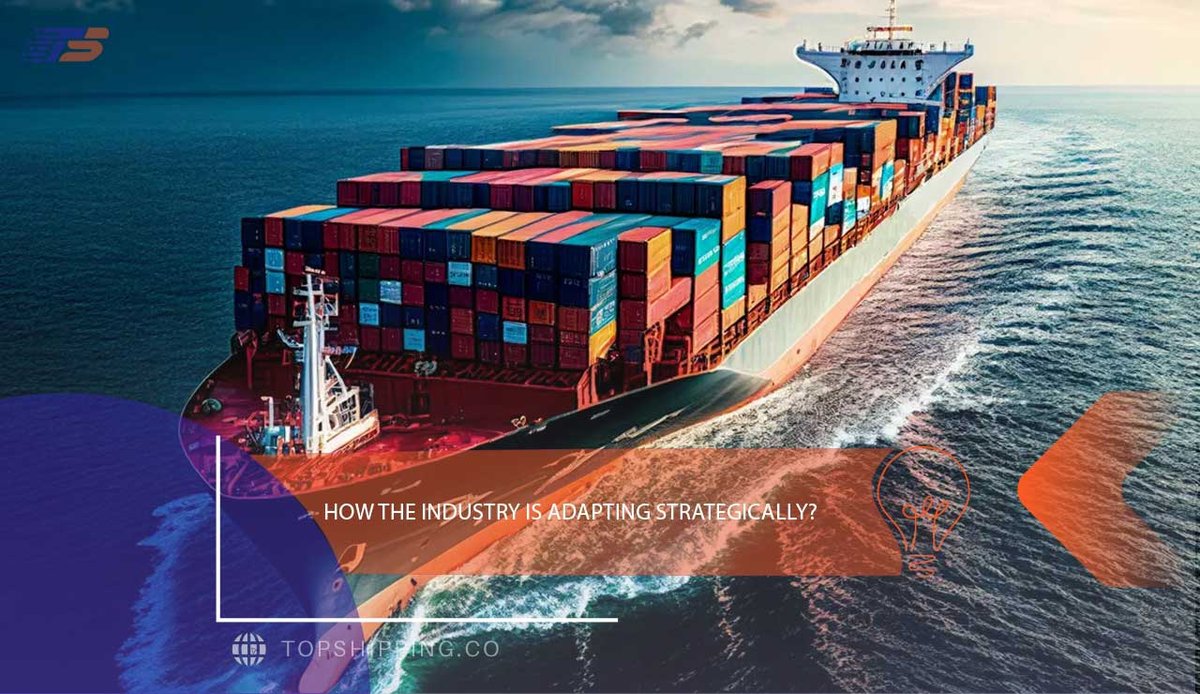
How the Industry Is Adapting Strategically?
Topshipping and other leading firms are changing their main strategies. They are now focusing on strict Ocean Freight Regulations . They use methods like slow steaming and invest in green ship design. They also work on collaborative ESG projects. This adaptation is key for competitiveness and resilience in today’s maritime trade.
Slow Steaming and Route Optimization
Slow steaming remains a cost-effective tool for saving fuel and reducing emissions reduction . Logistics providers now use advanced route planning tools . These tools help operators boost speed, save fuel, and improve delivery times. They also ensure high reliability and low carbon footprints.
Investments in Green Ship Design
Modern fleets are adopting a mix of wind-assisted propulsion systems and dual-fuel engines . These allow shifts between traditional and cleaner fuels like LNG or methanol. Such investments protect operations and meet the growing demands of [[Maritime Regulations]].
Collaboration for ESG Compliance in the Supply Chain
Freight forwarders are teaming up with carriers to cut Scope 3 emissions . They create green corridors and promote transparent reporting. This teamwork helps meet compliance. It also aligns the supply chain with new ESG norms. Plus, it ensures smooth cross-border flows.
Sustainable Shipping as a Brand and Business Advantage
Aligning with Ocean Freight Regulations goes beyond compliance; it offers a competitive edge. Carriers with eco-labels, strong ESG reporting, and real sustainability efforts gain stakeholder trust. This leads to more requests for tenders and partnerships.
The Future of Maritime Regulation
As we move forward, new technologies and regulations will reshape Ocean Freight Regulations . Automation, artificial intelligence, and stronger ESG frameworks will change operations. Signatories of Piaf & Blixt must adapt. This is true no matter the regulatory changes or technology advancements.
Autonomous Ships and AI: Regulation in Emerging Tech
New vessels, codes, and policies like the MASS Code will challenge current compliance frameworks. There will be a shift to remote and autonomous operations. Clear liability standards and rules are crucial for safe automation in the maritime industry.
ESG Mandates and Reporting Requirements
Global frameworks like the CSRD and ISSB are improving ESG disclosure. They focus on integrating ESG aims for maritime into daily reporting. Following strict ESG frameworks across all operations is crucial.
ESG Mandates and Reporting Requirements
Global frameworks like the CSRD and ISSB are improving ESG disclosure. They focus on integrating ESG aims for maritime into daily reporting. Following strict ESG frameworks across all operations is crucial.
Shaping the Next Decade of Ocean Compliance
Look for trends in global carbon pricing and progressive maritime innovation policy . These will bring economic incentives for green tech and alternative fuels. They will help international shipping meet climate goals in the IMO 2050 Roadmap .
In today’s fast-changing maritime world, Ocean Freight Regulations are not obstacles. They are chances to boost long-term competitiveness and spark innovation. Companies that act early on compliance and embrace sustainability are more likely to succeed in today's climate-focused and digital world. Strong compliance builds trust with cargo owners and boosts lender confidence. This trust is essential for financing green technologies.
Firms that quickly adapt to regulatory changes can lower their borrowing costs. They can also build stronger ties with customers. By building strong regulatory intelligence and using smart adaptability strategies , Topshipping can stay ahead of changing Shipping Regulations . This foresight helps them manage risks. It boosts market share and protects profits in the changing ocean freight sector.
Frequently Asked Questions (FAQ)
The EEXI measures ship design efficiency, focusing on engine and hull performance. The CII assesses operational carbon performance during actual voyages. The EEXI sets a baseline. The CII grades real operations with a rating system and reviews them each year.
Now, carriers use the BAF adjustment to offset these higher costs. This change will affect freight rates and contract structures between shippers and carriers.
ETS operate within specific regions, similar to the EU ETS . The IMO wants to set a global carbon price. This will help stop market distortion, especially on long ocean routes.
Smaller operators gain from new digital tools and shared compliance platforms. This includes Compliance-as-a-Service solutions. These help them follow complex Ocean Freight Regulations . They don’t need to invest in strict proprietary systems.
Yes. Fully autonomous vessels raise a legal gap in remote navigation. They also create issues around accident responsibility and flag registration . The IMO and national bodies are creating new laws. These laws will clarify responsibility structures as autonomous technology grows in shipping.

TopShipping
With years of experience in logistics and freight forwarding, the author is passionate about making shipping smoother and more efficient.
As a leader at TopShipping, they’ve developed a deep understanding of supply chain management, international shipping rules, and creative logistics solutions. They’re driven by a desire to help businesses succeed by delivering reliable, customer-focused services.
Over the years, they’ve also shared their expertise by writing for various industry publications, offering practical tips and insights on the latest trends in logistics. Thanks to their leadership, TopShipping has become a trusted name for companies looking for hassle-free global freight solutions.
Comment Section
Comment
Write your idea about "Ocean Freight Regulations: Shaping the Future of Maritime Logistics"


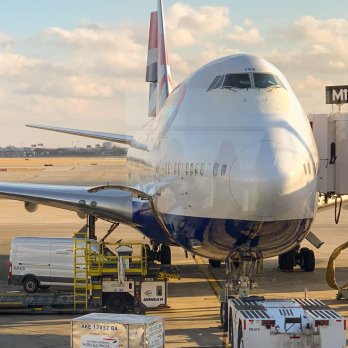

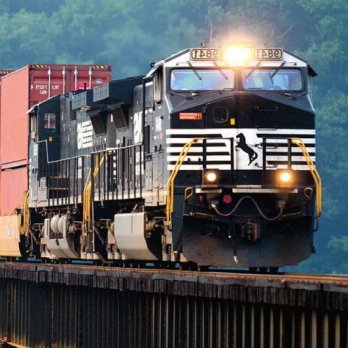
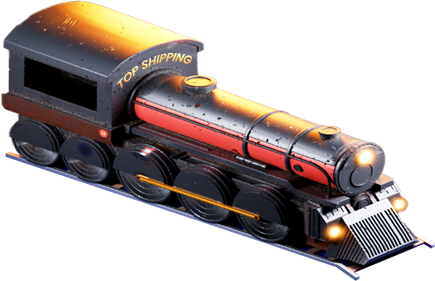
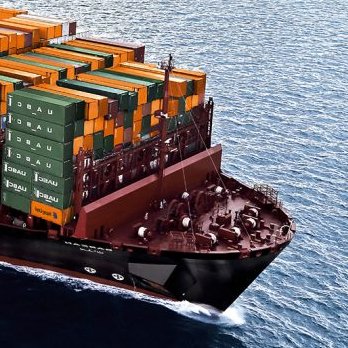
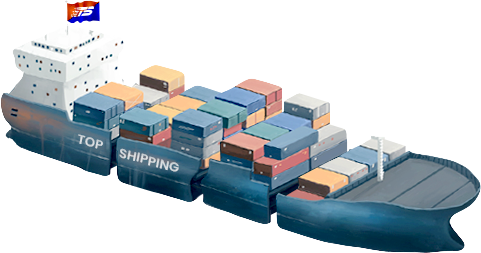
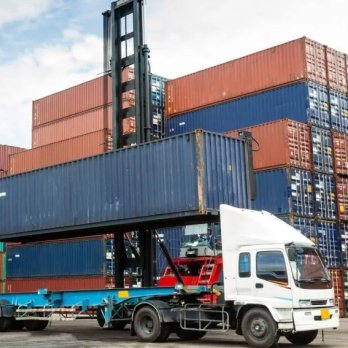
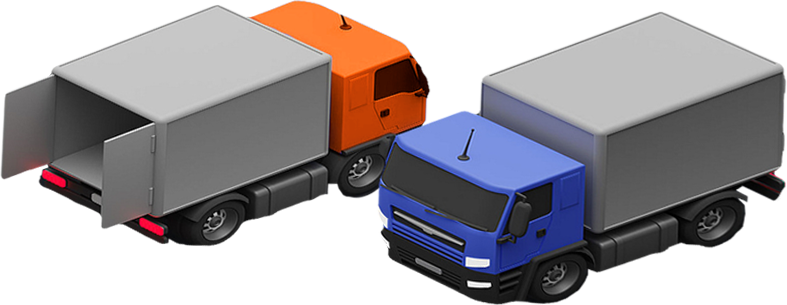
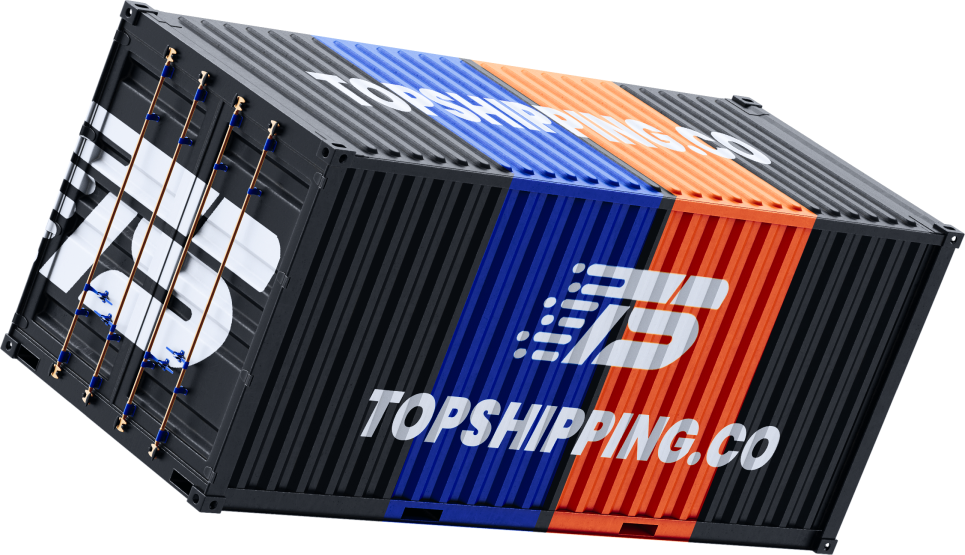





No comments yet.